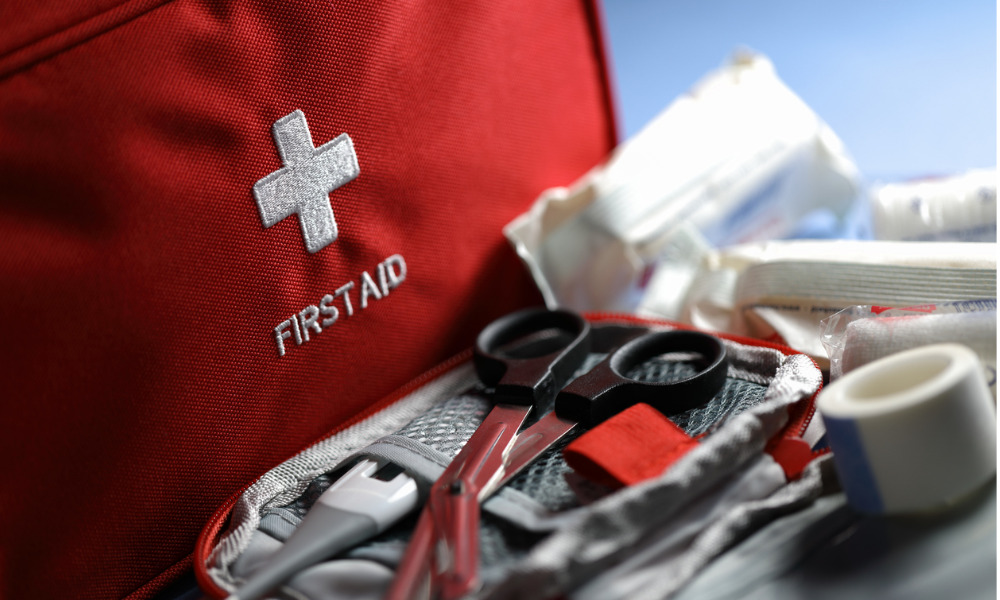Organizations considering a transition away from developing own OFA curriculum

WorkSafeBC will be consulting with stakeholders on the future state of occupational first aid (OFA) curricula in British Columbia.
The organizations is considering a transition away from developing its own OFA curriculum and encouraging workers and employers to follow the CSA-aligned curriculum produced by provincial and national first aid organizations instead.
“This is only a preliminary proposal at this point. We want to gather more information through open and transparent consultation with training providers and end-users (workers and employers) before making any decisions,” said WorkSafeBC.
WorkSafeBC will be hosting two information sessions for approved training providers and offering an online survey to collect feedback. The sessions will take place at 10:30 am on January 18, 2022, and at 4:30 pm on Jan. 20, 2022.
The organization will also be conducting worker and employer consultations from late January to late February 2022, it said.
Less than half who reported missing two or more workdays as a result of an injury or disease submitted a claim to WorkSafeBC, according to a report from Institute for Work and Health (IWH).
First aid attendants
“First aid helps prevent injury and future disability. In serious cases, it may save a life,” according to the B.C. government.
In B.C., workplace first aid attendants must have a certificate that's recognized by WorkSafeBC.
There are three levels of OFA and one OFA certificate endorsement. The level of first aid services required for a workplace depends on the number of workers, distance to medical aid, and industry hazard rating.
Level 1 is the basic level of first aid training and certification. Level 2 is the intermediate level.
OFA Transportation Endorsement is training required for transportation of injured workers as required by Schedule 3-A. And Level 3 is the advanced level of first aid training and certification.
First Aid attendants are responsible for:
- providing prompt first aid within the scope of their training
- recording all observed and reported signs and symptoms of injuries, including exposure to hazardous materials
- referring injured employees to further medical assistance as needed, such as when the level of required care exceeds the scope of their training.
- being physically and mentally capable of providing first aid
- assuming responsibility and authority over the injured until the responsibility for treatment is accepted at another medical facility, by someone with a higher level of first aid training, or by a paramedic
At least 10 people were injured in a “significant” explosion at a military base in Vancouver Island in B.C. in November.





